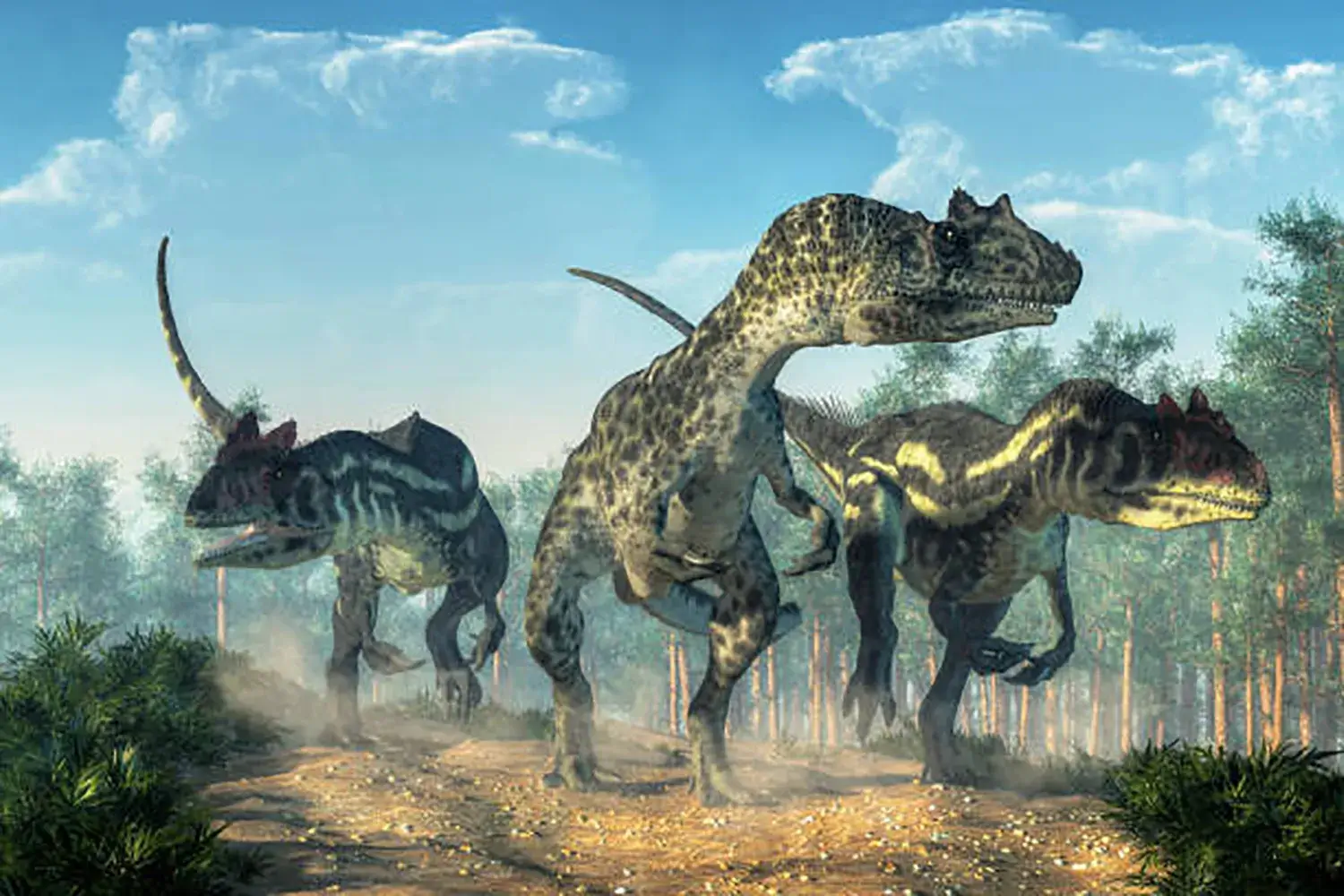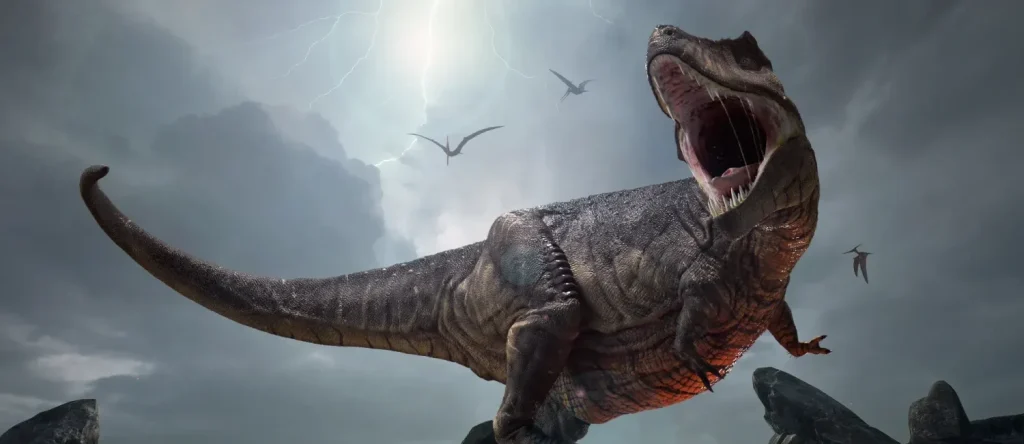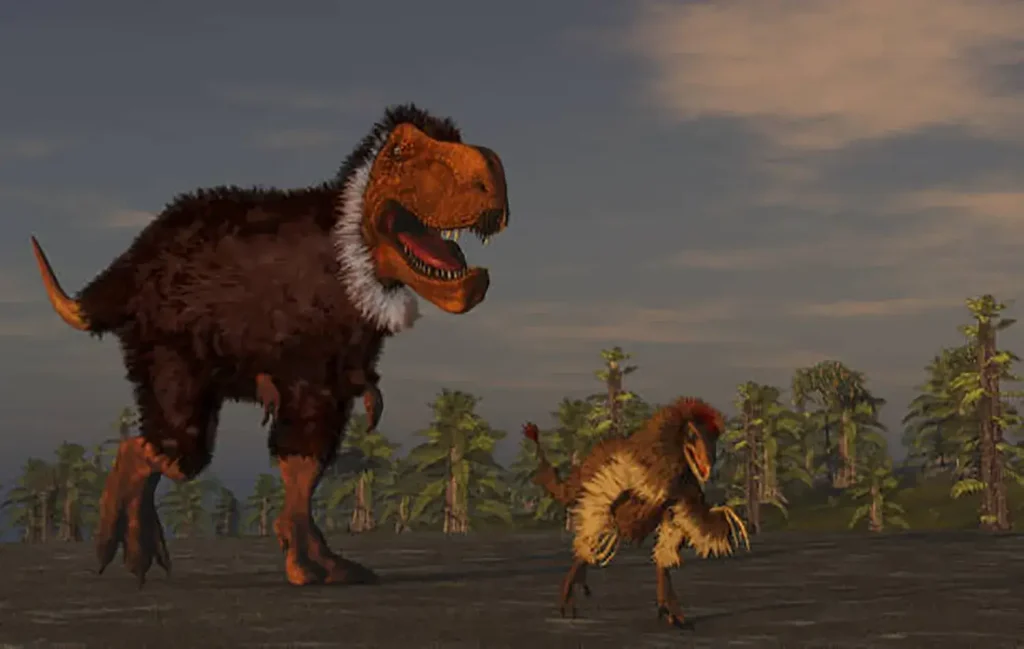The Golden Age of Dinosaurs! The Environment and Biodiversity of the Jurassic Period.

The Jurassic Period (199.6 to 145.5 million years ago) is widely known, thanks to films like Jurassic Park, as the “Golden Age” when dinosaurs truly flourished.
During this time, the Earth’s environment underwent significant changes, which spurred the diverse evolution of dinosaurs.
The Splitting of the Supercontinent and Unique Evolution
As the Jurassic Period began, the single massive continent known as Pangea started to split into two landmasses: Laurasia and Gondwana.
As the continents became separated by the sea, the dinosaurs inhabiting each region underwent unique evolution, diversifying into many different forms.
A Lush Earth and the Gigantism of Dinosaurs
Unlike the arid environment of the Triassic, the Jurassic climate was warm and humid.
During this period, conifers like ginkgos and monkey puzzle trees (Chili Pine) proliferated, and the entire planet became covered in lush forests.
The abundance of plant food led to the emergence of massive herbivorous dinosaurs like Brachiosaurus and Apatosaurus.
The carnivorous dinosaurs that preyed on them also grew larger, and the entire ecosystem underwent dynamic change.
A Time of Trial and Evolutionary Revolution
On the other hand, the Jurassic Period was also a “time of trial” for dinosaurs.
In addition to the increase and expansion of birds that emerged in the Triassic, many reptiles, such as the Aetosaurs, went extinct.
This also marked the beginning of a “revolution” that set the stage for the further success of the dinosaurs.
The dinosaurs that adapted and survived these challenges passed the baton of evolution to the subsequent Cretaceous period.
Although fewer species of dinosaurs have been discovered from the Jurassic compared to the Cretaceous, the environmental changes of the Jurassic laid the foundation that created the diversity of the later dinosaur age.














